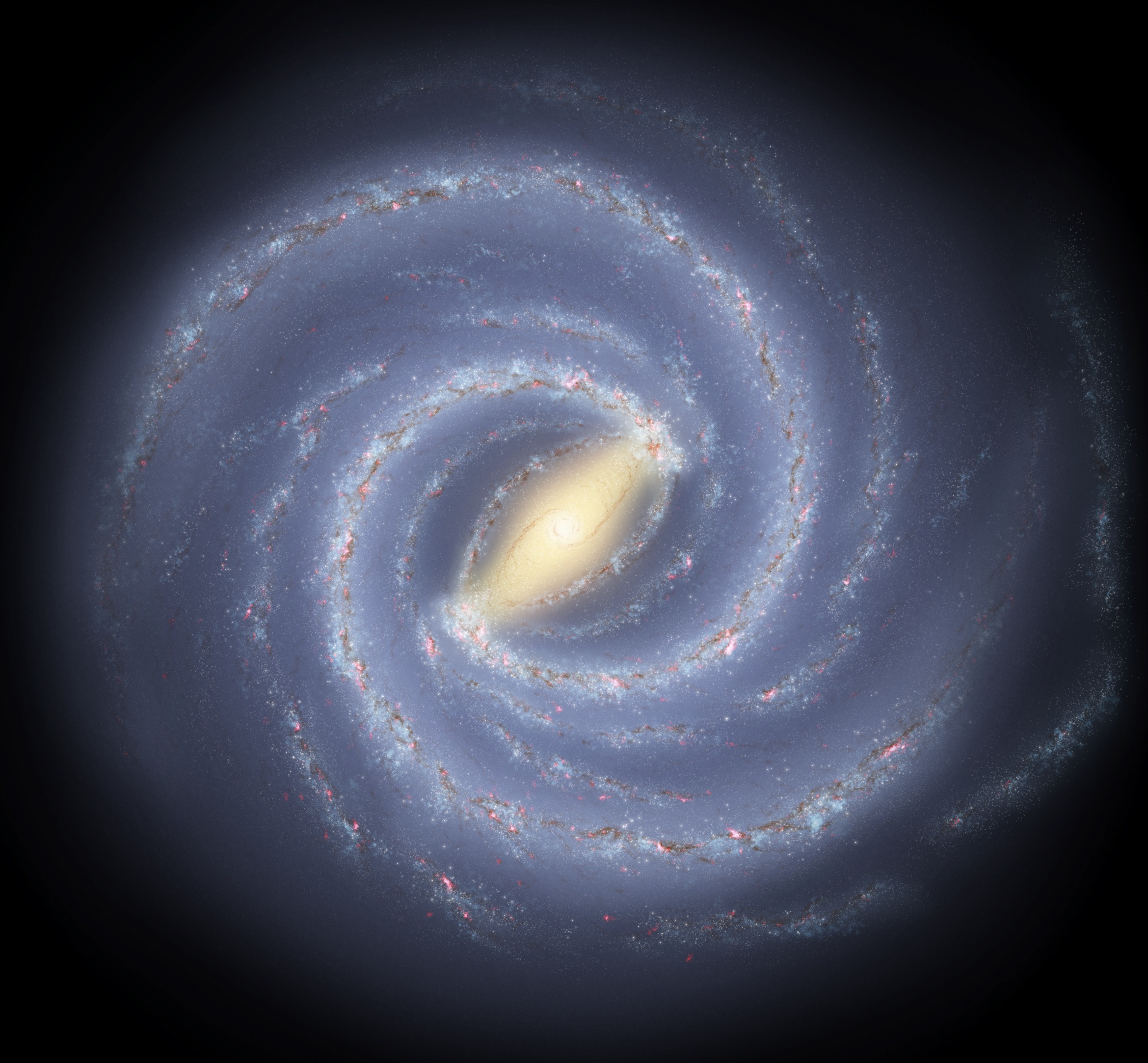DATE2023.09.08 #Press Releases
The surprising alchemy of the innermost Milky Way galactic disk
Researchers revealed the chemical composition of the innermost rim of the Milky Way disk—for the first time—using a highly sensitive infrared spectroscope.
Sep 08, 2023
For the first time, an international team of researchers, including Noriyuki Matsunaga from the University of Tokyo, probed the inner galactic disk of the Milky Way. They revealed that the metal content is higher toward the center of the galactic disk and it reduces farther from the center.
The metallicity of gas and stars within our galaxy can be observed well in Cepheids. Cepheids are stars that glow and darken in a regular cycle, allowing researchers to calculate distances within the galaxy. However, the limitations of the visible-light-based techniques used to observe the chemical compositions of the Cepheids have impeded researchers from obtaining a full-scale chemical observation until now. Measuring from the innermost rim of the galaxy is particularly difficult due to the interstellar dust blocking light.

The Milky Way Galaxy. Source: NASA/JPL-Caltech/R. Hurt (SSC/Caltech).
Now, the research team used a high-resolution near-infrared spectroscope called WINERED to investigate the metallicity of 16 Cepheids in the innermost galactic disk of the Milky Way. Infrared spectroscope separates the infrared light from the stars into different components similar to how a prism separates visible light into its components. Based on the known infrared fingerprints of the elemental metals, researchers can infer which metals are present in the stars.
The team discovered that as one travels farther from the center of the Milky Way, the metal content of the Cepheids reduces linearly. The result offers a piece in the puzzle of understanding the chemical evolution of the Milky Way, answering questions like how various heavy elements formed and evolved since the Big Bang.
In astronomy, elements heavier than helium are considered metals. The ‘metals’ they observed included mainly iron atoms in gaseous form—and not the solid iron metal we use every day.
The researchers hope to use this technique to extend their observations of the chemical compositions to thousands of other Cepheids, particularly elements other than iron. More observations can also inform the theoretical models of chemical evolution of our galaxy.

The metal content changes with distance from the center of the Milky Way (red circles are data from this study).
For more details, please read the article:
Noriyuki Matsunaga, Daisuke Taniguchi, Scarlet S. Elgueta, Takuji Tsujimoto, Junichi Baba, Andrew McWilliam, Shogo Otsubo, Yuki Sarugaku, Tomomi Takeuchi, Haruki Katoh, Satoshi Hamano, Yuji Ikeda, Hideyo Kawakita, Charlie Hull, Rogelio Albarracin, Giuseppe Bono, and Valentina D'Orazi. 2023. Metallicities of Classical Cepheids in the Inner Galactic Disk. The Astrophysical Journal. DOI: 10.3847/1538-4357/aced93


